Home>Furniture & Design>Interior Design Trends>How To Organize Interior Design Materials
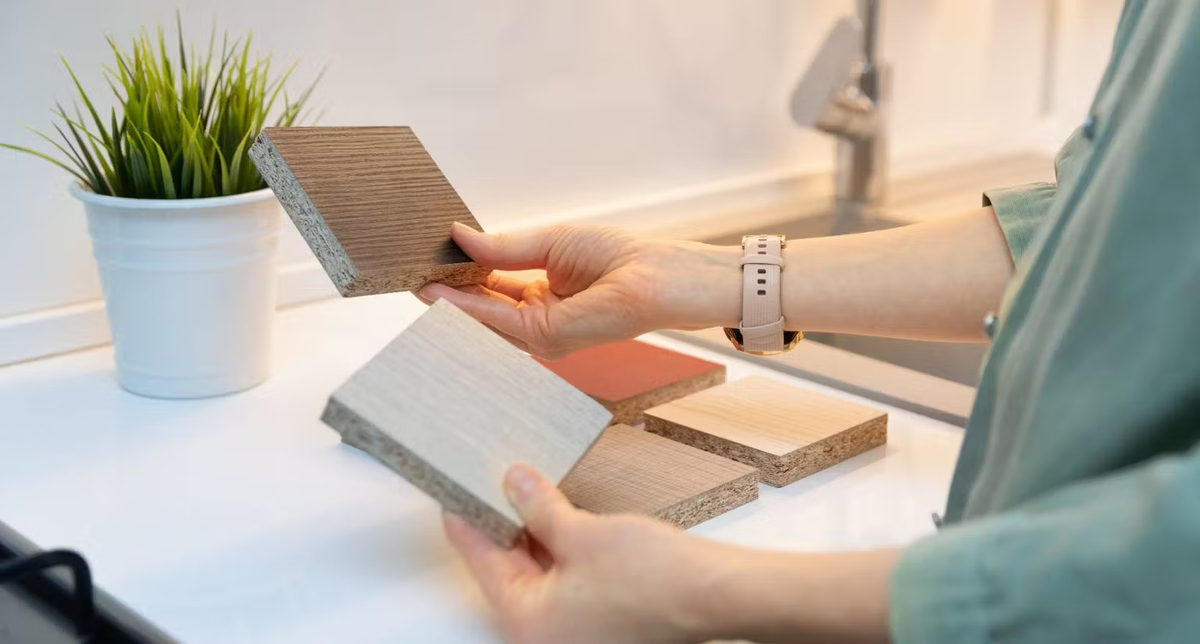

Interior Design Trends
How To Organize Interior Design Materials
Published: March 2, 2024
Learn how to stay on top of the latest interior design trends and effectively organize your design materials with our expert tips and advice. Discover the best practices for managing interior design materials efficiently.
(Many of the links in this article redirect to a specific reviewed product. Your purchase of these products through affiliate links helps to generate commission for Storables.com, at no extra cost. Learn more)
Introduction
Are you tired of rummaging through piles of interior design materials every time you start a new project? Keeping your design materials organized is crucial for efficiency and creativity. In this article, we will explore the best practices for organizing your interior design materials to streamline your workflow and keep your creative space clutter-free. Whether you're a professional designer or a DIY enthusiast, these tips will help you create a well-organized and inspiring environment for your next design project.
Key Takeaways:
- Keep your interior design materials organized by sorting them into categories and using clear storage containers. Label each container and create designated areas for different types of materials to streamline your workflow and reduce clutter.
- Utilize efficient storage solutions such as shelving units, cabinets, and rolling carts to maintain organization and accessibility. Implement labeling and inventory strategies to track materials effectively, and consider digital tools for streamlined material organization.
Read more: What Is Interior Design?
Sorting and Categorizing Materials
When it comes to organizing your interior design materials, the first step is to sort and categorize them. This process involves gathering all your materials and separating them into different categories. You can categorize them based on their type, such as fabric, paint, wallpaper, or flooring samples. Additionally, you can further categorize them by color, texture, or pattern. By doing this, you will have a clear overview of the materials you have, making it easier to locate specific items when needed.
To make the sorting and categorizing process more efficient, consider using clear storage containers or bins for each category. Transparent containers allow you to see the contents without having to open them, saving time and effort. Label each container with its respective category to ensure everything is easily identifiable. This method not only keeps your materials organized but also adds a visual appeal to your storage space.
Creating a designated area for each category of materials is also beneficial. For instance, you can allocate a specific shelf or drawer for fabric samples, another for paint swatches, and so on. This approach not only enhances organization but also provides a systematic way to access and store your materials, reducing the chances of misplacement or clutter.
Lastly, consider purging any outdated or unused materials during the sorting process. This will prevent unnecessary clutter and free up space for new and relevant materials. Regularly revisiting and updating your categories will help maintain an efficient and well-organized system for your interior design materials.
Storage Solutions
When it comes to storing your interior design materials, utilizing efficient storage solutions is essential for maintaining organization and accessibility. Here are some practical storage solutions to consider:
-
Shelving Units: Installing sturdy shelving units in your workspace provides ample space to store various materials. Adjustable shelves allow you to customize the storage height based on the size of your materials, ensuring efficient use of space.
-
Cabinets and Drawers: Utilize cabinets and drawers to store materials that require protection from dust and light exposure, such as fabric swatches, delicate papers, or small accessories. Opt for cabinets with transparent doors or drawers for easy visibility.
-
Rolling Carts: Incorporating rolling carts into your storage setup offers mobility and flexibility. You can use these carts to store frequently used materials or tools, allowing you to move them around your workspace as needed.
-
Wall-mounted Organizers: Maximize vertical space by installing wall-mounted organizers, such as pegboards or grid panels. These organizers are ideal for hanging tools, spools of thread, or small containers, keeping them within reach while freeing up valuable workspace.
-
Stackable Containers: Invest in stackable containers or bins to store materials that are not easily hung or placed on shelves. These containers are space-efficient and can be labeled for quick identification of their contents.
-
Under-Desk Storage: Make use of the space under your work desk by incorporating storage solutions such as sliding drawers or bins. This area can be utilized to store frequently accessed materials or tools, keeping them close at hand.
-
Overhead Storage: If space allows, consider installing overhead storage units or racks. These are ideal for storing items that are not frequently used, keeping them out of the way while still easily accessible when needed.
By implementing these storage solutions, you can create a well-organized and functional storage system for your interior design materials, allowing for easy access and a clutter-free workspace.
Labeling and Inventory
Maintaining a well-organized system for your interior design materials involves implementing a comprehensive labeling and inventory strategy. Here's how you can effectively manage your materials through labeling and inventory:
Clear and Consistent Labels
Ensure that each storage container, shelf, or drawer is clearly labeled with its respective category or contents. Use legible and consistent labeling techniques, such as printed labels, adhesive tags, or label makers. Consistency in labeling not only enhances the visual appeal of your storage space but also facilitates quick and accurate identification of materials.
Read more: How To Learn About Interior Design
Inventory Tracking
Create an inventory list or spreadsheet detailing the materials you have, including their quantity, category, and location within your storage area. This inventory serves as a reference tool, allowing you to track the availability of specific materials and avoid unnecessary duplication. Regularly update the inventory as materials are added or removed, ensuring its accuracy and relevance.
Barcode or QR Code Labeling
For a more advanced approach to inventory management, consider using barcode or QR code labels for your materials. This method enables you to track and manage your inventory digitally, providing detailed information about each item. Utilize barcode or QR code scanning apps to quickly access material details and update their status in your inventory system.
Color-Coded Labels
Incorporate color-coded labels to visually distinguish between different categories or types of materials. Assign specific colors to each category, such as blue for fabric samples, green for paint swatches, and red for flooring materials. This visual cue simplifies the identification process and adds a vibrant touch to your storage space.
Location-Based Labeling
If your storage area consists of multiple sections or zones, consider implementing location-based labeling. Assign unique labels or codes to different storage zones, shelves, or drawers, allowing you to pinpoint the exact location of specific materials within your workspace. This method streamlines the retrieval process and minimizes the time spent searching for items.
By integrating these labeling and inventory management practices, you can establish a systematic approach to organizing and tracking your interior design materials, ultimately enhancing efficiency and productivity in your design projects.
Read more: What Is Contemporary Interior Design
Digital Organization Tools
In today's digital age, leveraging technology for organizing interior design materials has become increasingly popular. Digital organization tools offer a convenient and efficient way to manage and access your design resources. Here are some digital tools and platforms to consider for streamlining your material organization:
-
Inventory Management Apps: Explore inventory management apps designed specifically for organizing materials. These apps allow you to create digital catalogs of your materials, complete with detailed descriptions, images, and categorization. You can easily search for specific items, track quantities, and even set reminders for restocking or updating your inventory.
-
Cloud-Based Storage Platforms: Utilize cloud-based storage services such as Google Drive, Dropbox, or Microsoft OneDrive to store digital copies of your design materials. By digitizing your material samples, sketches, and reference images, you can access them from any device with internet connectivity. Organize your digital files into folders and subfolders based on categories, projects, or themes for easy retrieval.
-
Digital Mood Board Tools: Create digital mood boards using online platforms or specialized software. These tools allow you to compile and organize inspirational images, color palettes, and material samples digitally. You can easily rearrange and annotate your digital mood boards, making them valuable references for your design projects.
-
Project Management Software: Consider using project management software that includes features for material organization. These platforms enable you to create project-specific databases for your design materials, track material expenses, and collaborate with clients or team members on material selections and procurement.
-
Digital Cataloging Software: Explore specialized software designed for cataloging and organizing design materials. These tools offer customizable databases where you can input detailed information about each material, including supplier details, pricing, and availability. Some software even integrates with barcode scanning for quick material identification.
-
Virtual Reality (VR) Visualization Tools: For a cutting-edge approach to material organization, consider VR visualization tools that allow you to create virtual representations of your design materials. These tools enable you to visualize how different materials will look in a space, facilitating informed material selections and spatial planning.
By incorporating digital organization tools into your interior design workflow, you can enhance accessibility, collaboration, and efficiency in managing your design materials. Whether you prefer mobile apps, cloud-based platforms, or specialized software, the digital landscape offers a diverse range of tools to suit your material organization needs.
Maintaining Order
Once you have established an efficient system for organizing your interior design materials, maintaining order is essential to sustain a clutter-free and functional workspace. Here are some strategies to uphold the organization and cleanliness of your design materials area:
Regular Maintenance: Schedule regular maintenance sessions to review and reorganize your materials. Set aside dedicated time to declutter, rearrange, and update your storage system. This proactive approach prevents accumulation of unnecessary items and ensures that your materials remain well-organized.
Clean As You Go: Adopt the "clean as you go" principle when working with your design materials. After completing a project or selecting materials for a client presentation, take a few minutes to return any unused items to their designated storage locations. This habit prevents materials from piling up and maintains the overall tidiness of your workspace.
Implement a Return Policy: If you frequently borrow materials from your storage area for client meetings or presentations, establish a clear return policy. Encourage yourself and others to promptly return borrowed materials to their original storage locations after use. This practice minimizes the risk of misplaced items and promotes accountability in maintaining material organization.
Invest in Maintenance Tools: Keep essential maintenance tools within reach, such as dusting cloths, storage bin liners, and organizational supplies. Having these tools readily available allows you to quickly address any dust accumulation, spills, or disarray in your storage area, preserving the cleanliness and order of your materials.
Reassess and Revise: Periodically reassess your organization system to identify areas for improvement. Consider feedback from your own experiences and the input of colleagues or clients who interact with your materials. Be open to revising your organization methods to better suit your evolving needs and preferences.
By incorporating these maintenance practices into your routine, you can uphold the organization and cleanliness of your interior design materials, creating an environment that fosters creativity, productivity, and inspiration.
Frequently Asked Questions about How To Organize Interior Design Materials
Was this page helpful?
At Storables.com, we guarantee accurate and reliable information. Our content, validated by Expert Board Contributors, is crafted following stringent Editorial Policies. We're committed to providing you with well-researched, expert-backed insights for all your informational needs.
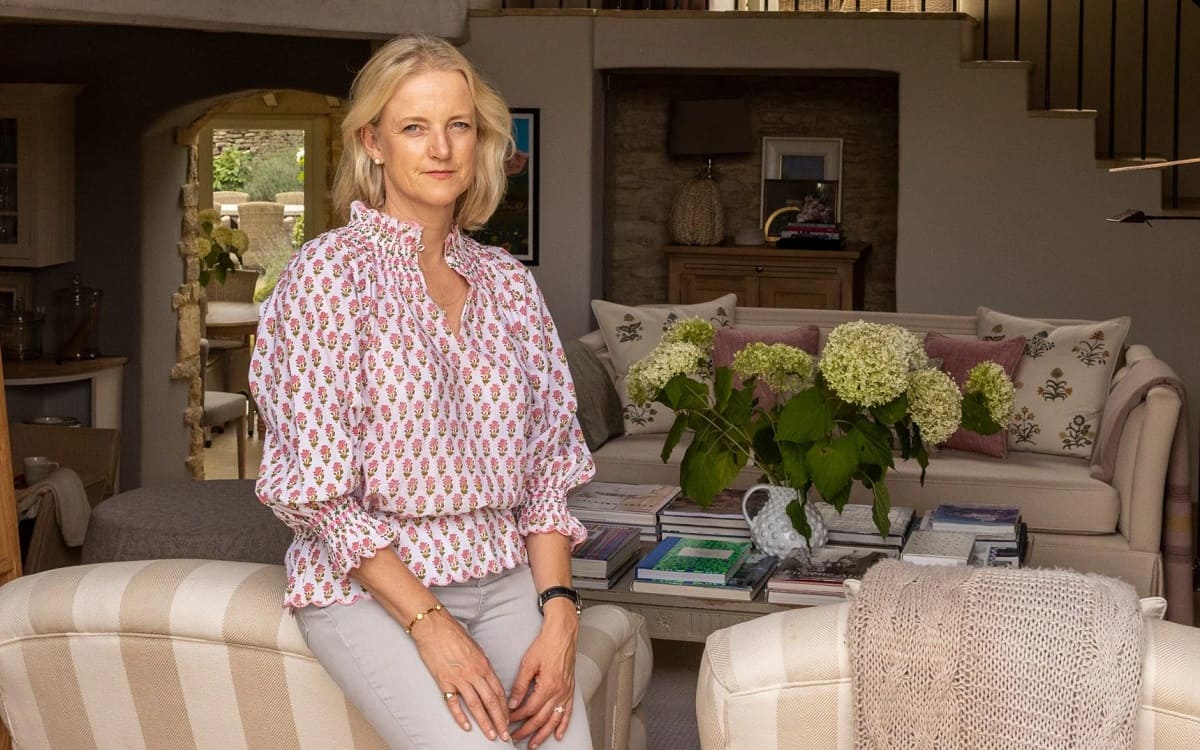
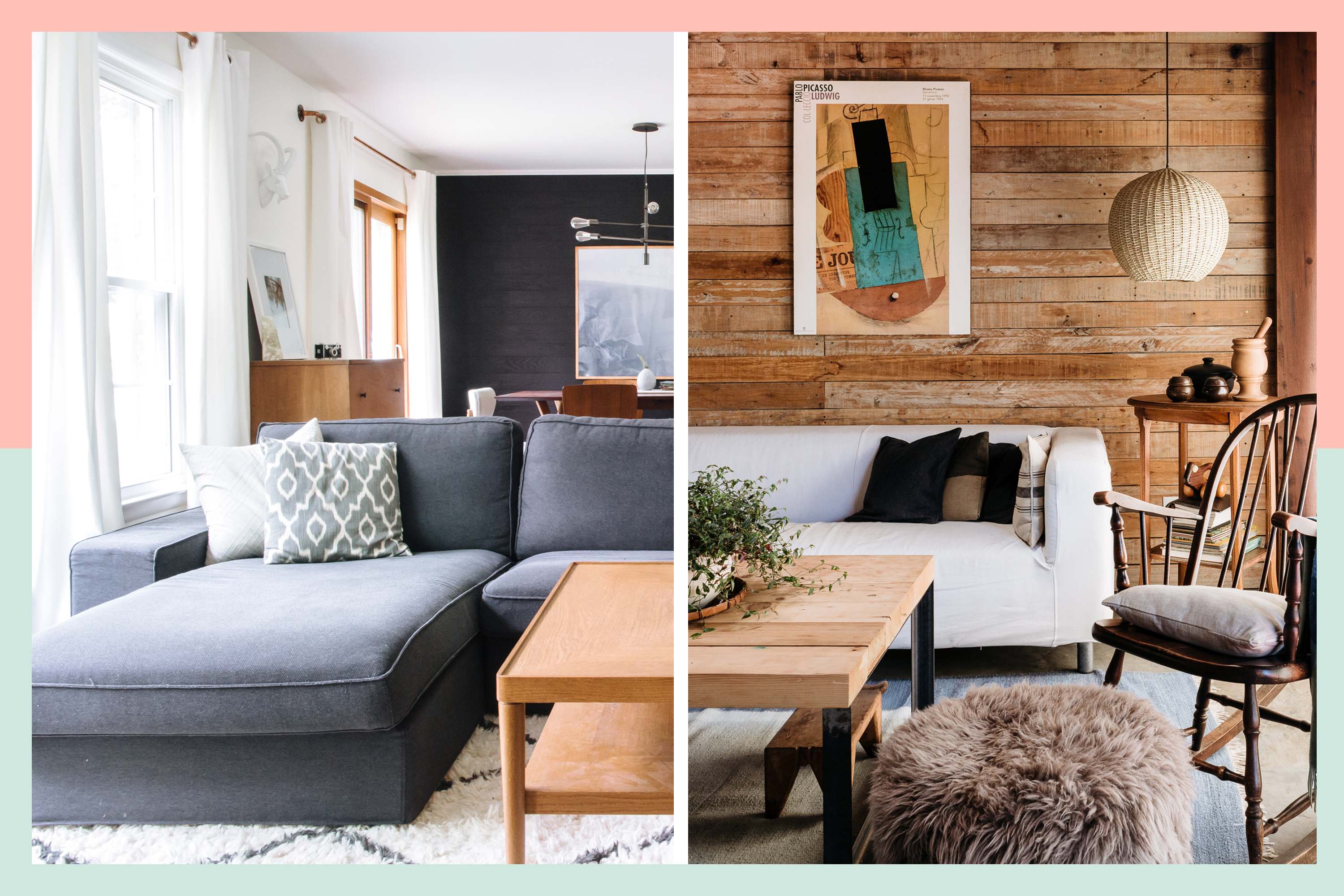
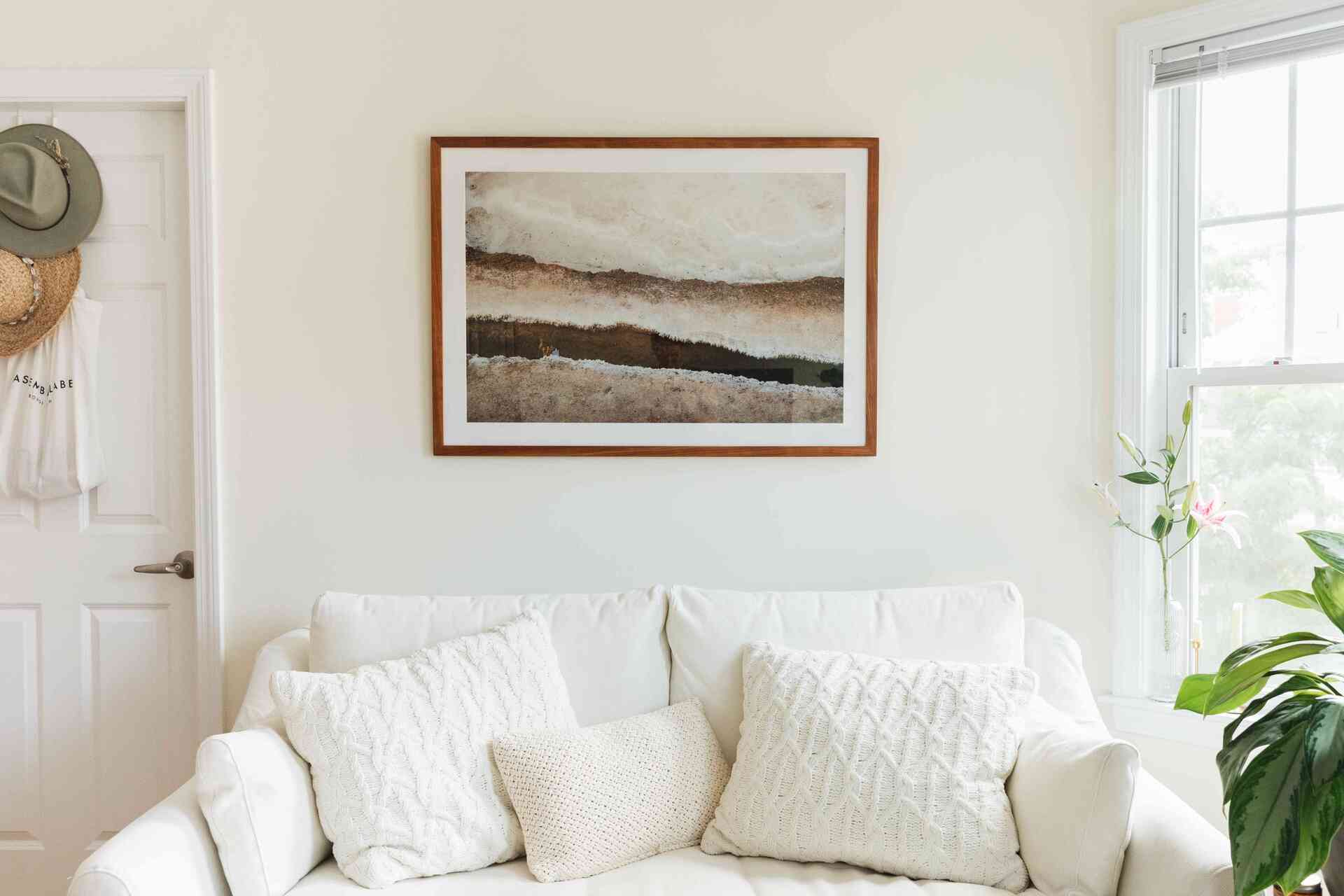
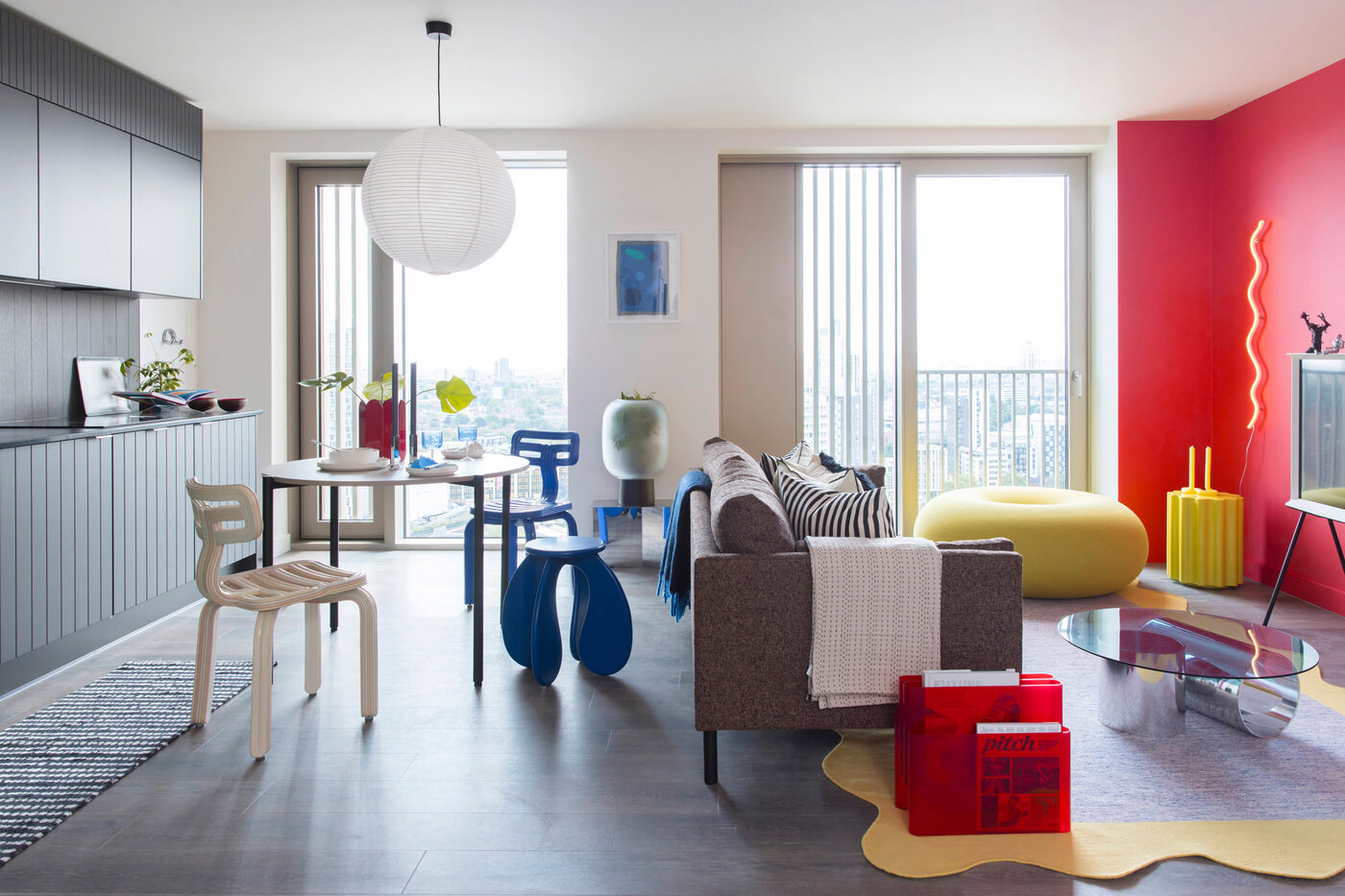
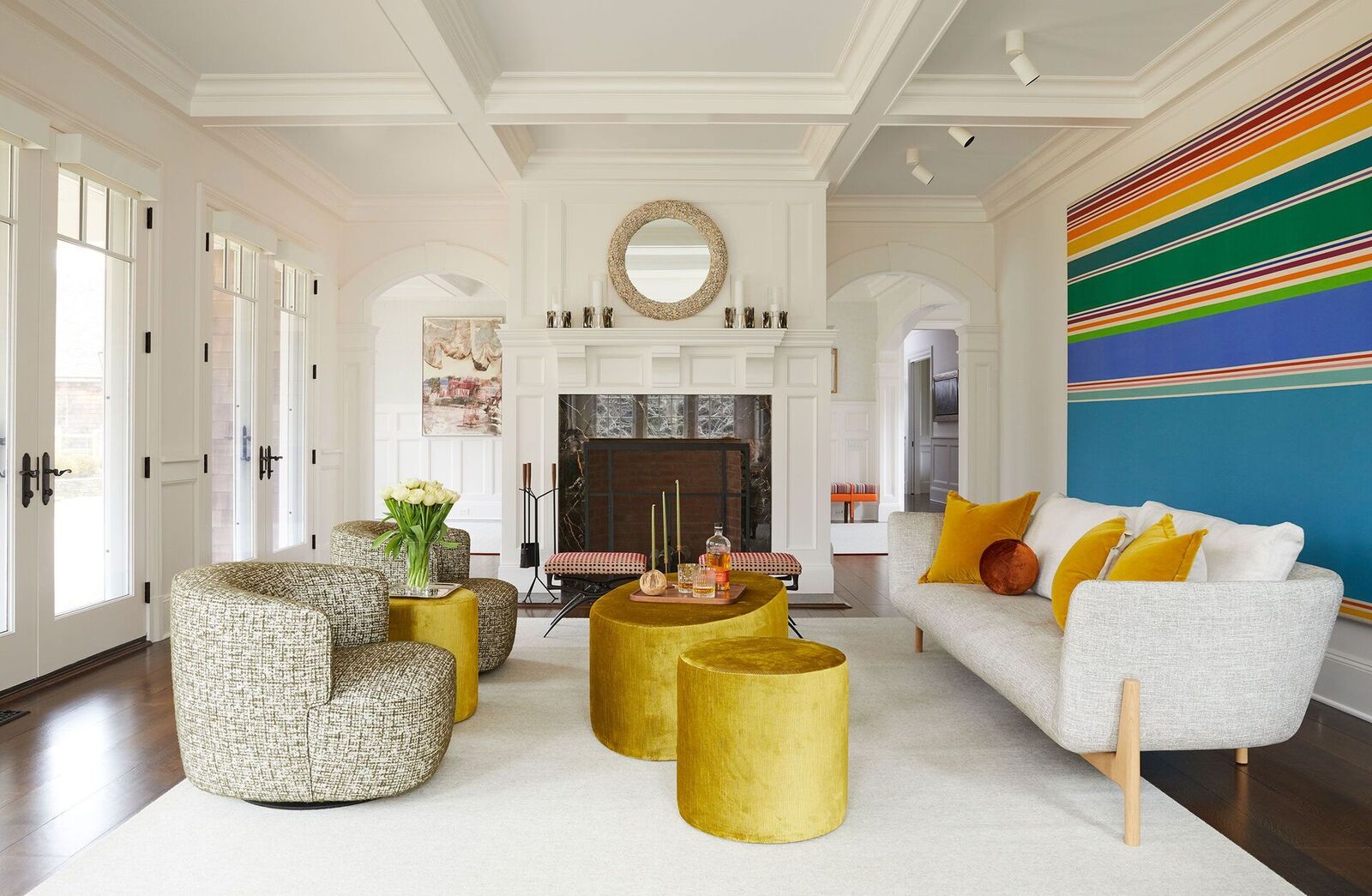
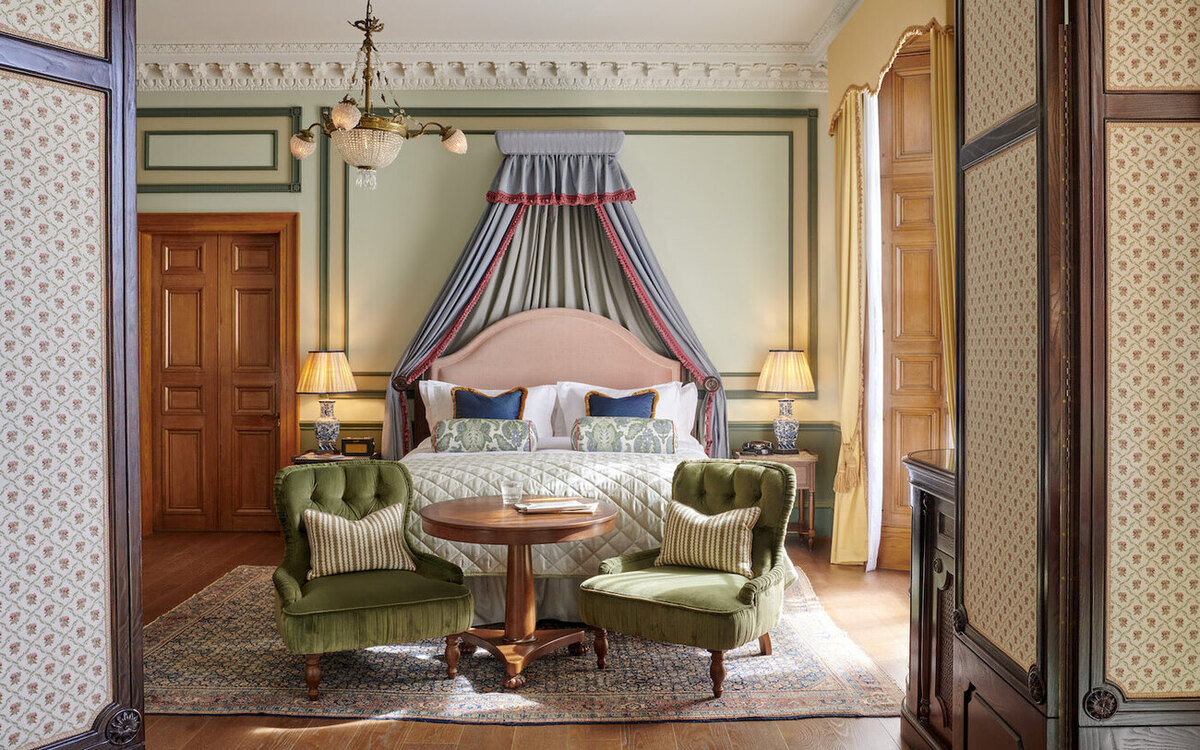
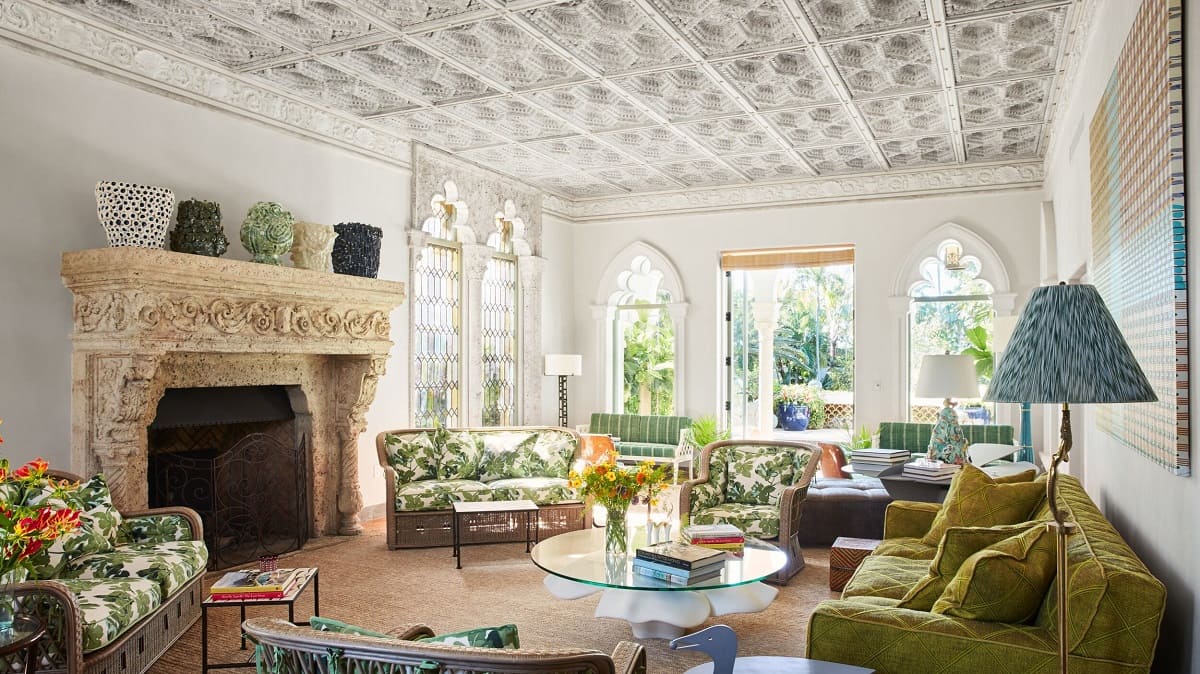
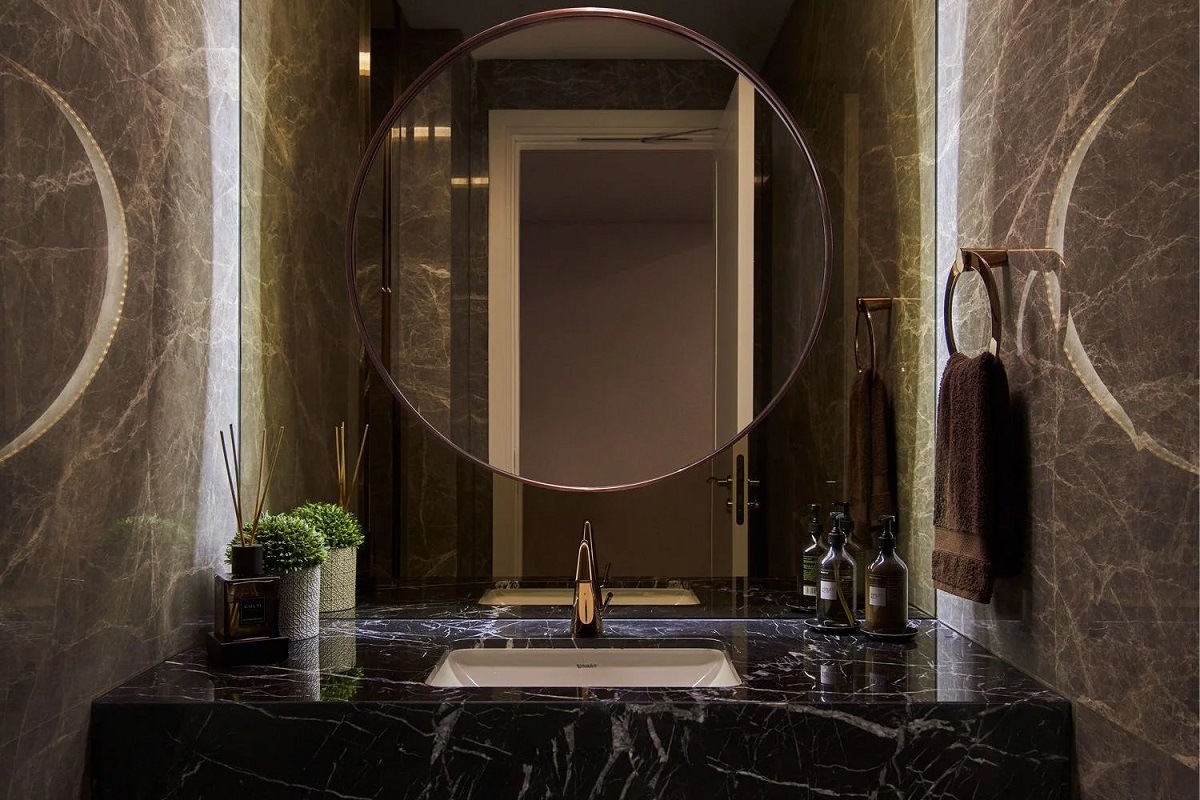
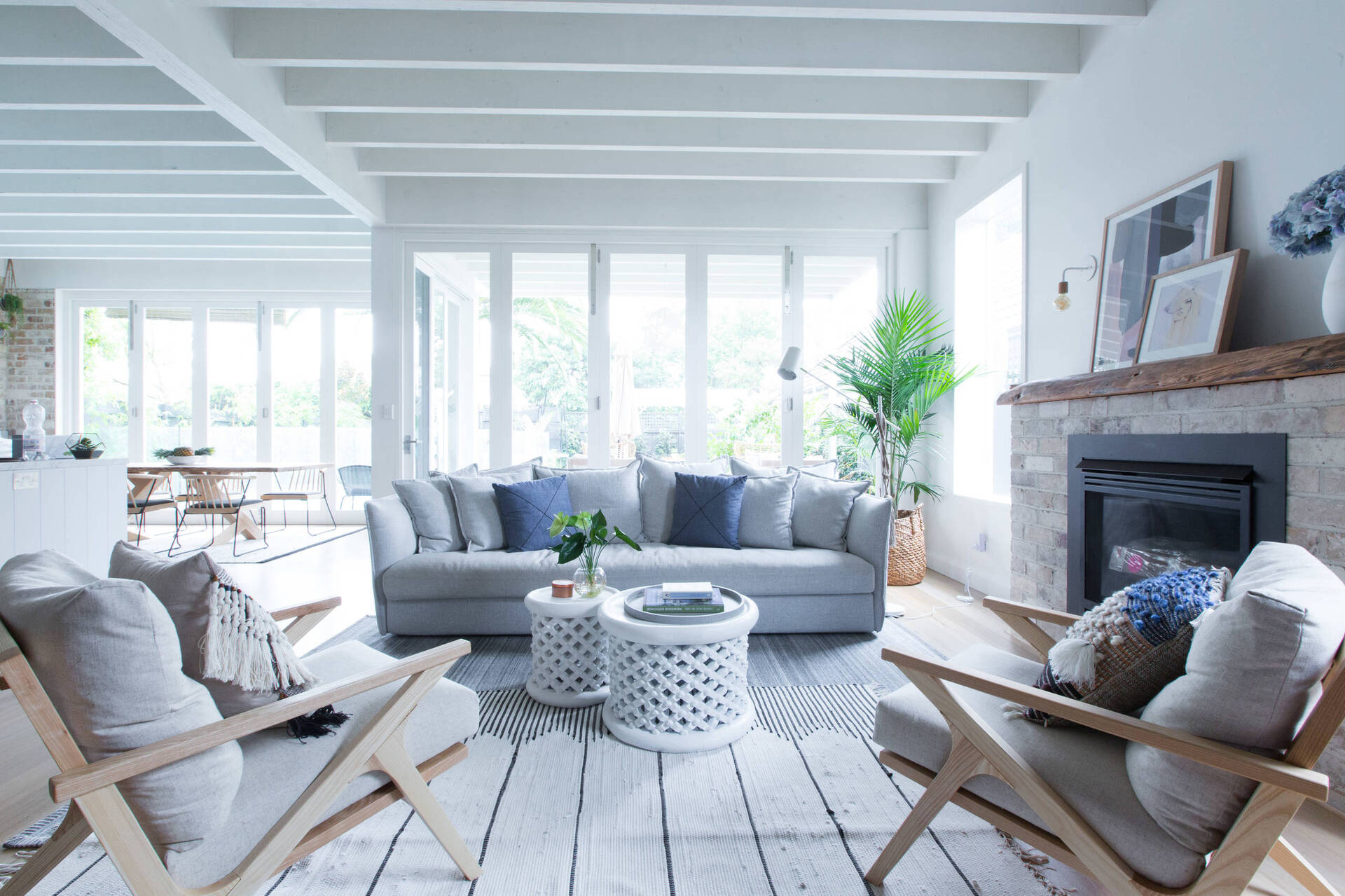
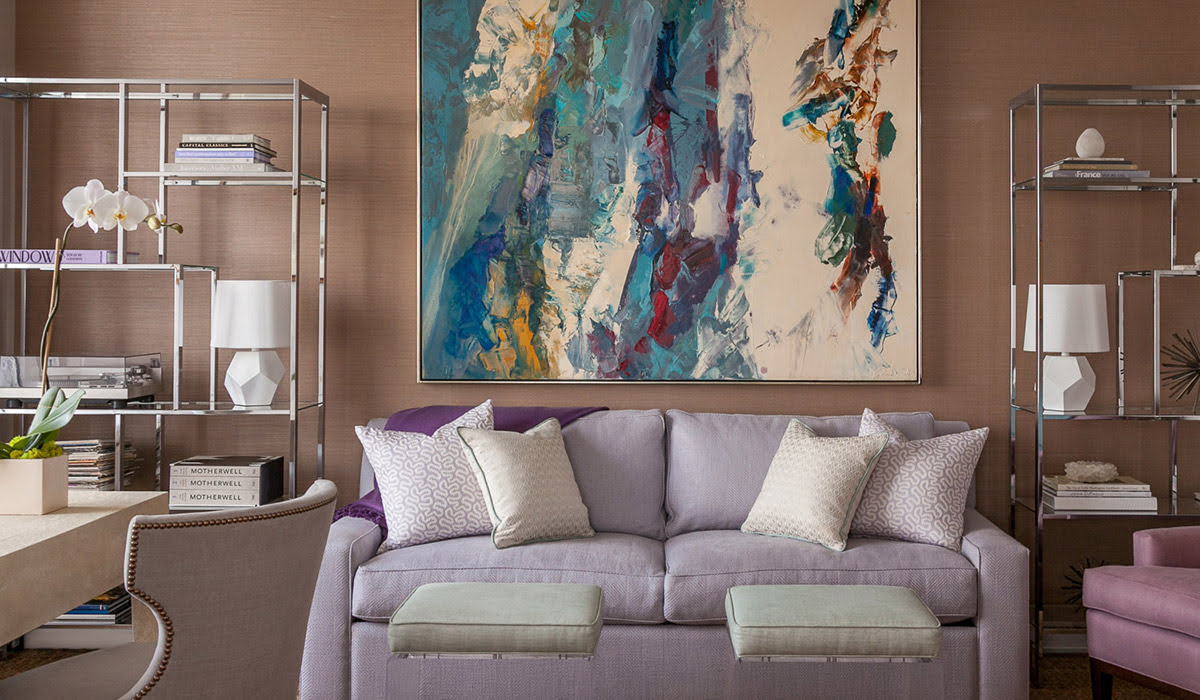
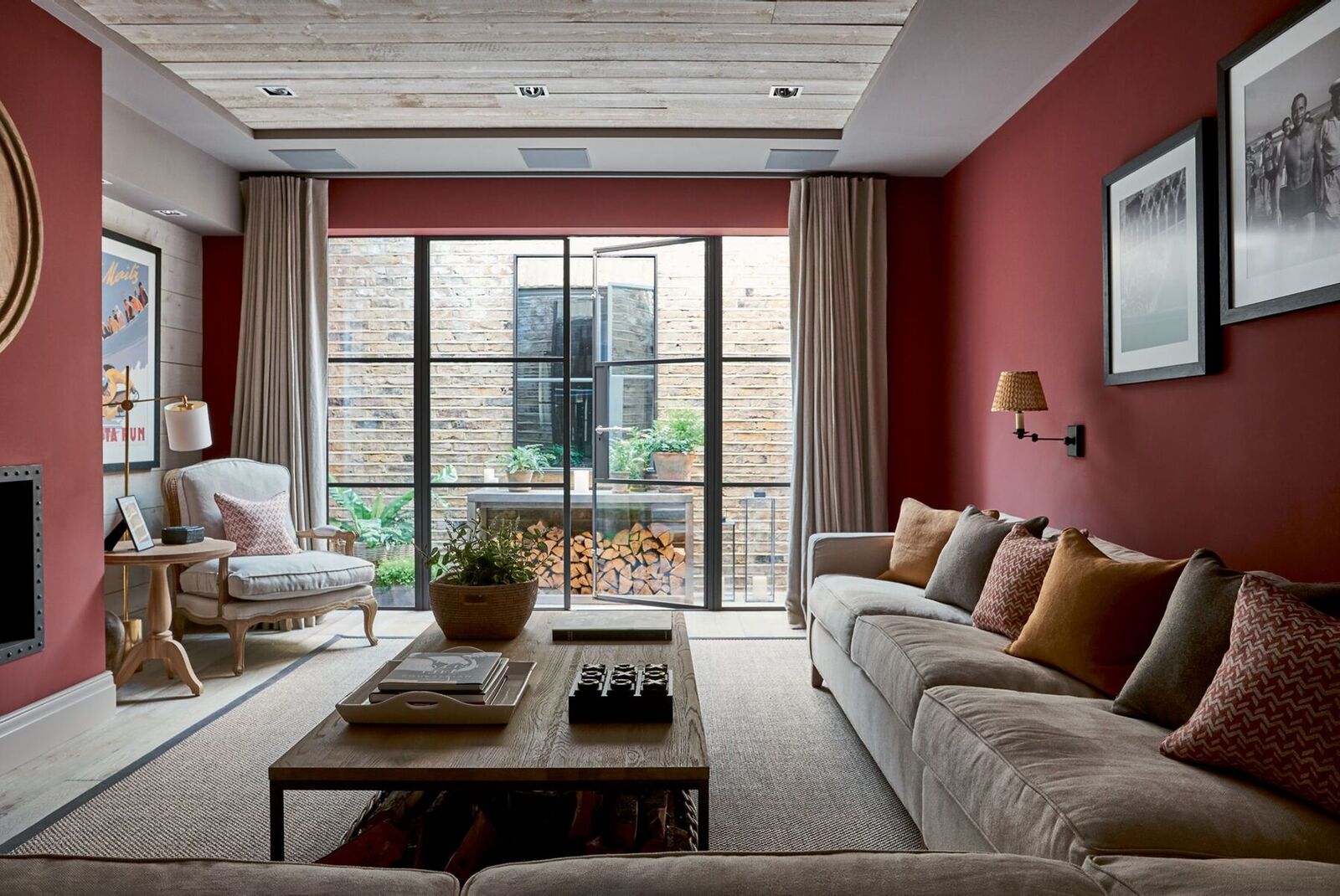
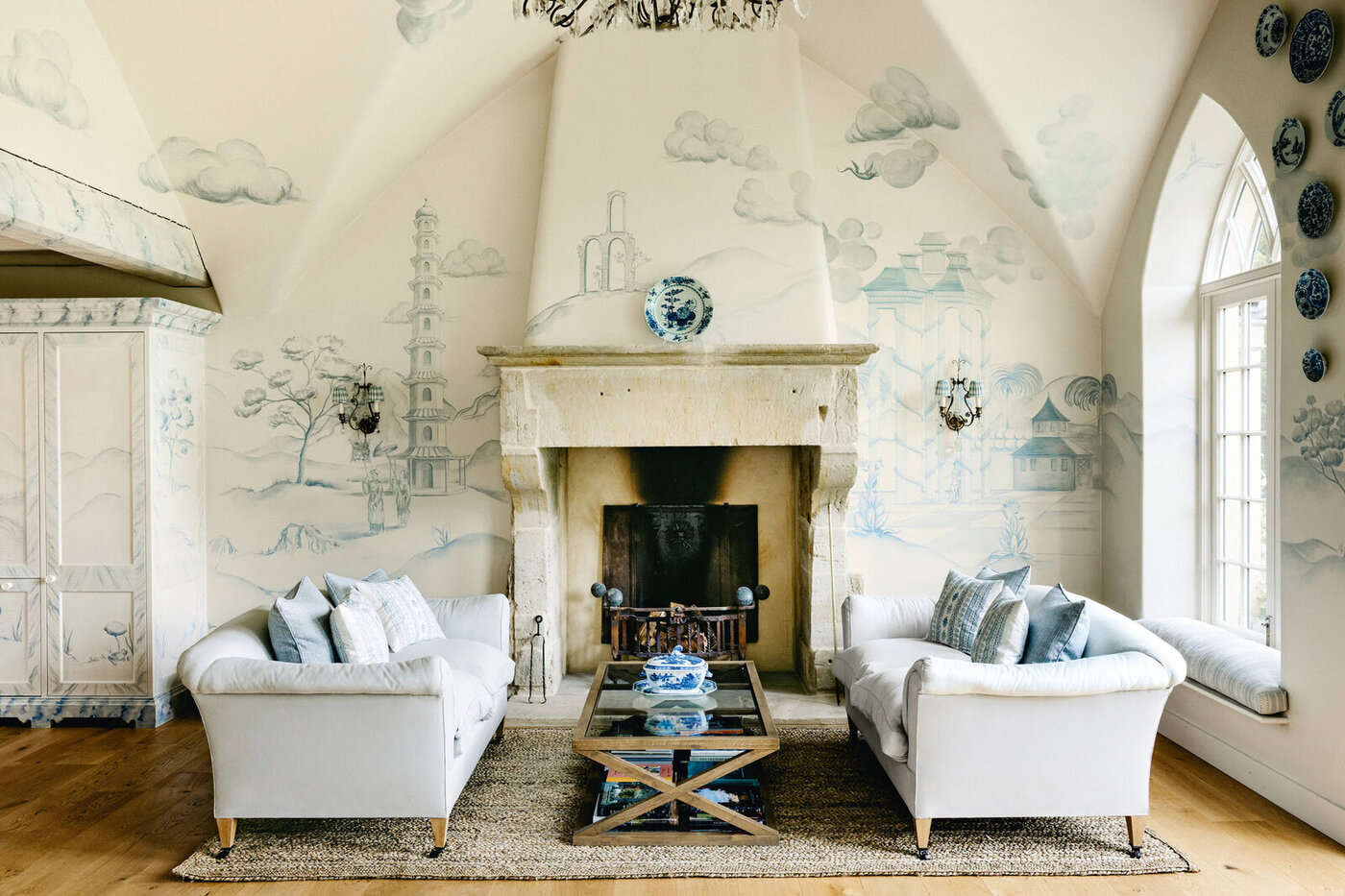
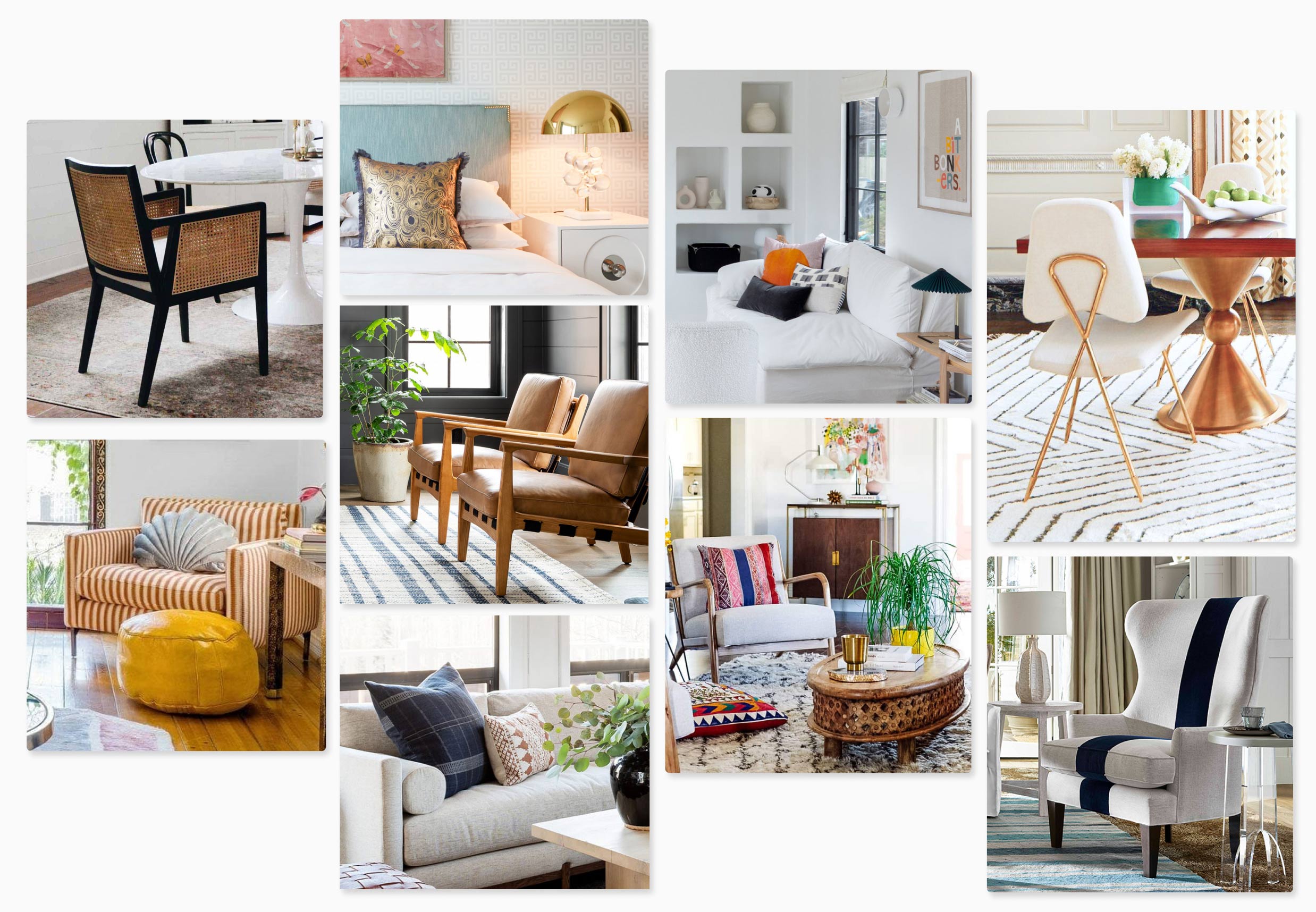

0 thoughts on “How To Organize Interior Design Materials”